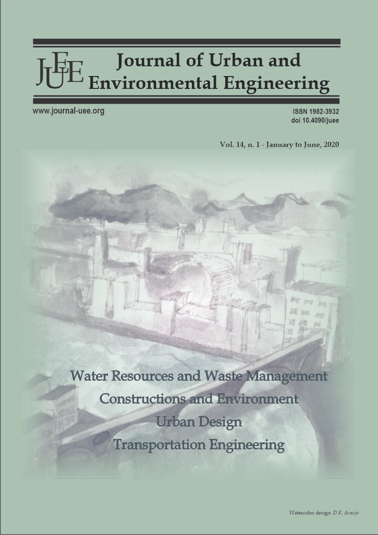COMPARATIVE STUDY OF CO2 EMISSIONS FROM CERAMIC BRICK AND PLASTER BLOCK VERTICAL SEALS
DOI:
https://doi.org/10.4090/juee.2020.v14n1.32-41Abstract
The objective of this study is to compare the carbon dioxide (CO2) emissions from materials used in the execution of internal building masonry for construction projects that use plaster blocks and those using ceramic bricks. A total of 20 projects in the city of Recife, Brazil, were analyzed, all of them belonging to a large construction company operating in the Northeast region. The Greenhouse Gas (GHG) emissions were estimated using indexes found in the literature and calculated based on the Energy Life Cycle Assessment (ELCA). The emissions from the transport of materials to the construction site were calculated based on the driving distances between the suppliers and the building sites, taking into account the fuel consumption of the transport vehicles. The construction sites using plaster blocks for the internal masonry seals obtained an average indicator of 19.21 kgCO2/m² of constructed area compared to 33.86 kgCO2/m² from those using ceramic bricks. Construction sites using plaster blocks for internal masonry had a 43.26% reduction in GHG emissions and there was a strong correlation between costs due to the execution of activities and material emissions.Downloads
Download data is not yet available.
Downloads
Published
2020-06-07
Issue
Section
Articles




